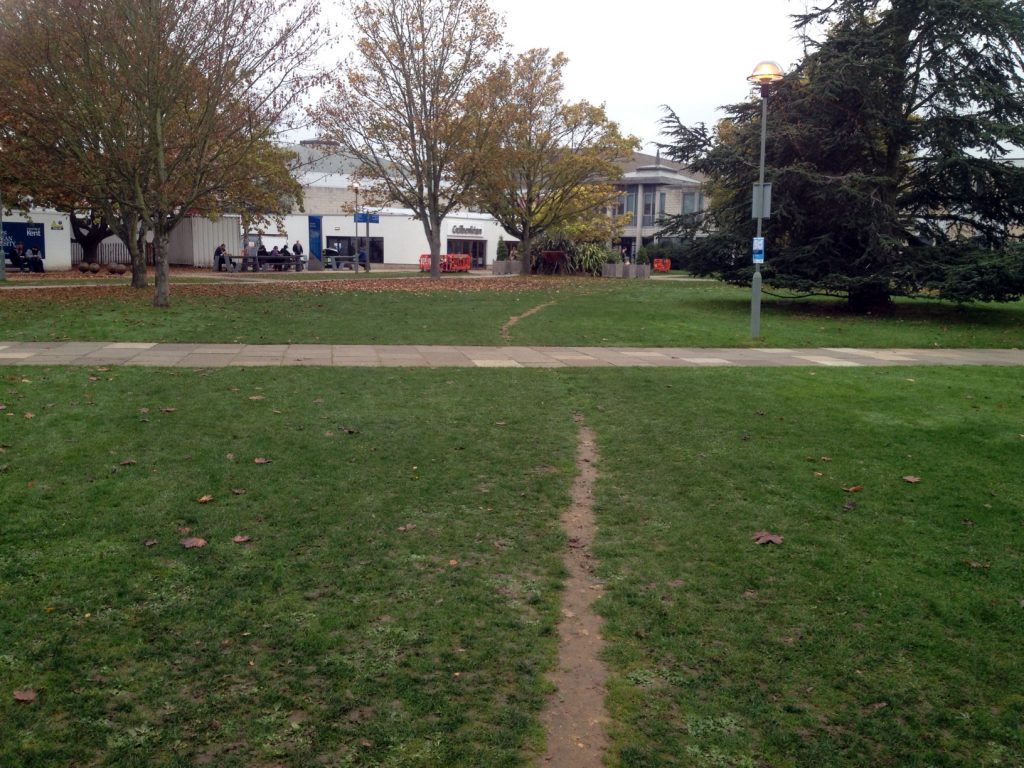You may have come across the term UX (or User Experience) in an online context, but perhaps not when people are talking about libraries. But UX has become a growing area in academic libraries in recent years. It’s happening at an increasing number of UK institutions, and there’s even an annual conference.
The point of UX research is to find out how people actually use and feel about our services, and then to deliberately redesign our services to improve the user experience.
We’ve traditionally done this kind of research with surveys and usage statistics. But usage stats only tell part of the story, and there can be a gap between what people say they do (or might do in future) and what they really do.
This is where UX comes in. Through a range of techniques borrowed from anthropology we immerse ourselves in the culture of our library and IT users to better understand their needs. UX can supplement and enhance our quantitative research to help us build better services that our customers feel good about using.

UX and Information Services
UX is about gaining a really holistic view of our customers’ needs. So far we’ve only mentioned the library, but at Kent we have of course a very successfully integrated library and IT service, delivered from the Templeman Library and from study hubs around campus. Through this, and the services we provide to other departments, we are in a great position to improve a vast number of touchpoints that our students, staff, and visitors interact with.
As we’re starting to carry out more of the physical user research in Information Services, in addition to the traditional online usability testing we’ve done for years, we want to share the findings widely, to make sure we learn as much as possible and avoid duplicating effort.
This blog will give brief reports on our various UX testing activities, using tags so you can browse by:
- user group involved in the research
- the UX method that was used
- location – where we carried out the testing
- the services we tested
If you’re an Information Services colleague and you’re interested in UX or want to carry out your own testing, we invite you to join our SharePoint community site.
